Filter Foam Fundamentals: Making The Right Choice
Introduction
Within the field of filtration, the choice of material significantly affects system efficiency and effectiveness. Among the available options, filter foam has been shown to meet a range of technical filtration requirements.
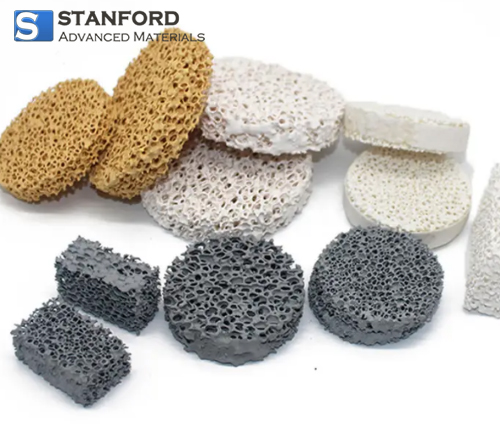
Figure 1. Various Foam Filters
This document explains the fundamentals of filter foam. It is intended to provide technical information that assists in selecting foam products tailored to specific requirements.
Understanding Filter Foam
Filter foam is a porous material produced specifically for filtration purposes. Its structure is defined by a network of cells that may be either open-celled or closed-celled.
lOpen-Cell Structure: In open-cell foam, cells interconnect to form an open network. This structure allows air, water and other substances to pass with minimal resistance, making it suitable for applications that require high permeability.
lClosed-Cell Structure: Closed-cell foam contains discrete cells that do not interconnect. This structure results in a firmer and less permeable material, which is required for applications where moisture resistance and structural integrity are essential.
Types of Filter Foam
Filter foam is categorised by the material from which it is produced. Each type exhibits specific properties and is used for defined filtration tasks across various industries. The selection of material determines key parameters such as density, porosity, chemical resistance and thermal characteristics.
Below is a detailed overview of common types of filter foam:
1. Polyurethane Foam:
- Description: Polyurethane foam is an open-cell foam that is manufactured in various densities and porosities. It can be produced to meet a range of filtration specifications.
- Applications: It is used for air and water filtration in HVAC systems, automotive filters and consumer products, as it captures particulate matter while permitting fluid flow.
2. Reticulated Foam:
- Description: This foam type possesses a very open cell structure that ensures high permeability for air and water. It exhibits chemical resistance and mould inhibition, which is important in selected filtration processes.
- Applications: Reticulated foam is used in industrial air filters, aquarium filters, pre-filtration units in HVAC systems and cleaning applications.
3. Polyethylene Foam:
- Description: Polyethylene foam is a closed-cell foam noted for its rigidity, buoyancy and resistance to moisture and chemicals. Its structure provides durability and sufficient strength for many uses.
- Applications: It is employed in water filtration systems, packaging, flotation devices and sports equipment, where water resistance and structural integrity are required.
4. Activated Carbon Foam:
- Description: This foam is designed to filter gases, odours and chemical fumes through adsorption. It combines the physical filtration characteristics of foam with the adsorptive capacity of activated carbon.
- Applications: Activated carbon foam is used in air purifiers, odour control systems and industrial gas filtration, where it binds a variety of airborne contaminants.
5. Ceramic Foam:
- Description: Ceramic foam is a porous material that withstands elevated temperatures. It is produced for high-temperature applications as its structure permits efficient filtration under such conditions.
- Applications: Standard uses include the filtration of molten metal, hot gas filtration and serving as a catalyst support in industrial processes. On our website a range of ceramic foams is listed (see Table 1).
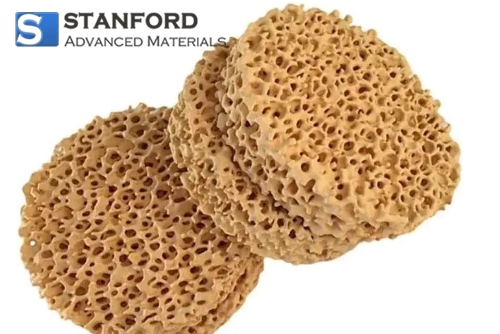
Figure 2. Zirconia Ceramic Foams
Table 1. Ceramic Foam Products
|
Type of Ceramic Foam |
Applications |
Key Properties |
|
Filtration, Catalyst Support |
High temperature resistance, adequate mechanical strength |
|
|
Thermal insulation, furnace linings and filters during metal casting |
High thermal stability, high melting point |
|
|
Filtration of molten metal, flame retardant |
High thermal conductivity, low thermal expansion |
|
|
Thermal insulation, fire-resistant material |
High heat resistance, corrosion resistance |
6. Metal Foam:
- Description: Metal foam is composed of metallic elements and features a porous structure with a high strength-to-weight ratio. It is produced from various metals including aluminium, copper and nickel, each offering distinct properties.
- Applications: Metal foam is used in high-temperature filtration, heat exchangers, energy absorption and certain aerospace applications. SAM provides an extensive range of metal foams, as detailed in Table 2.
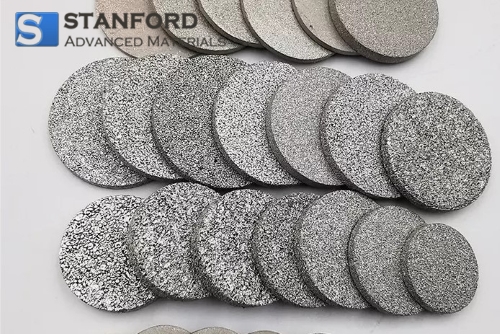
Figure 3. Titanium Metal Foams
Table 2. Metal Foam Products
|
Type of Metal Foam |
Common Applications |
Description |
|
Automotive components, aerospace, architectural applications |
Low density, stable, good thermal conductivity |
|
|
Batteries, filtration, heat exchangers |
High electrical conductivity, large surface area |
|
|
Catalyst support, energy storage |
High mechanical strength, corrosion resistance |
|
|
Structural components, acoustic insulation |
High strength-to-weight ratio, effective shock absorption |
|
|
Chemical processing, medical devices |
Very high corrosion resistance, biocompatibility |
|
|
Medical implants, orthopaedic applications |
Biocompatible, high corrosion resistance |
7. Electrostatic Foam:
- Description: This foam utilises static electricity to attract and capture dust and fine particles. It has been found to be effective for the filtration of fine dust.
- Applications: Electrostatic foam is typically used in HVAC filters, air purifiers and cooling systems for electronic devices, where the capture of small particles is critical.
Choosing the Appropriate Filter Foam
When selecting the appropriate filter foam, several factors must be considered:
1.Filtration Requirements: Determine the particle size that requires filtration. Smaller particles necessitate foam with increased porosity.
2.Environmental Conditions: Evaluate the operating environment. Foam that is exposed to high temperatures or corrosive substances must possess specialised material properties.
3.Durability and Maintenance: Consider the expected lifespan and maintenance requirements. Foams with longer lifespans may incur higher initial costs yet result in reduced long-term maintenance effort.
4.Compliance and Standards: Ensure that the foam meets the applicable industry standards and certifications.
Conclusion
Choosing the appropriate filter foam is a critical decision as it directly influences the efficiency and cost-effectiveness of the filtration system. Filter foams are produced in various materials such as polyurethane, reticulated, polyethylene, activated carbon, ceramic, metal and electrostatic types. Their applications include air and water filtration, acoustic insulation, odour control and high-temperature processing.
Stanford Advanced Materials (SAM) is recognised for its expertise in the manufacture and supply of filter foams that meet specific technical requirements. On our website, an extensive range of metal and ceramic foams is available. Further technical details regarding foam materials can be found on our homepage.

 Bars
Bars
 Beads & Spheres
Beads & Spheres
 Bolts & Nuts
Bolts & Nuts
 Crucibles
Crucibles
 Discs
Discs
 Fibers & Fabrics
Fibers & Fabrics
 Films
Films
 Flake
Flake
 Foams
Foams
 Foil
Foil
 Granules
Granules
 Honeycombs
Honeycombs
 Ink
Ink
 Laminate
Laminate
 Lumps
Lumps
 Meshes
Meshes
 Metallised Film
Metallised Film
 Plate
Plate
 Powders
Powders
 Rod
Rod
 Sheets
Sheets
 Single Crystals
Single Crystals
 Sputtering Target
Sputtering Target
 Tubes
Tubes
 Washer
Washer
 Wires
Wires
 Converters & Calculators
Converters & Calculators
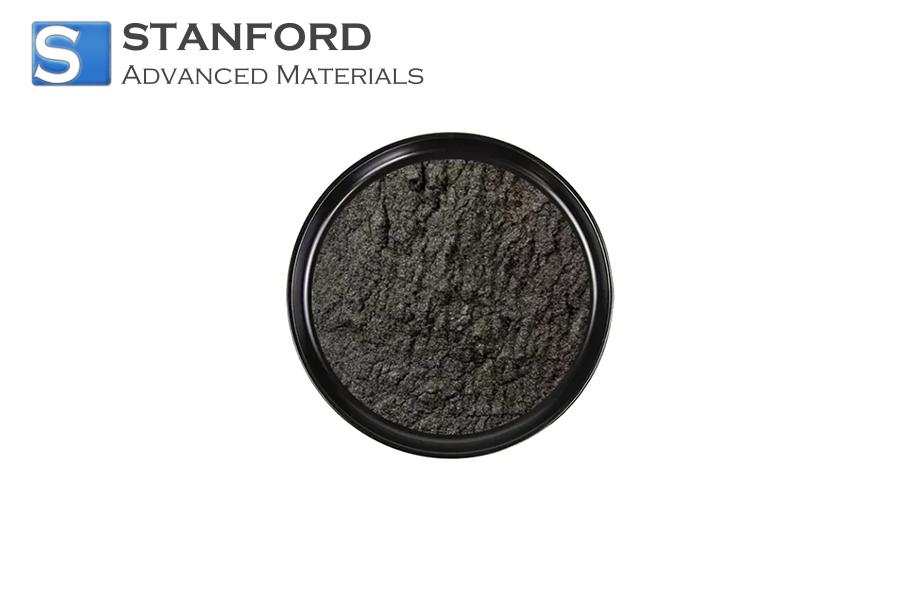
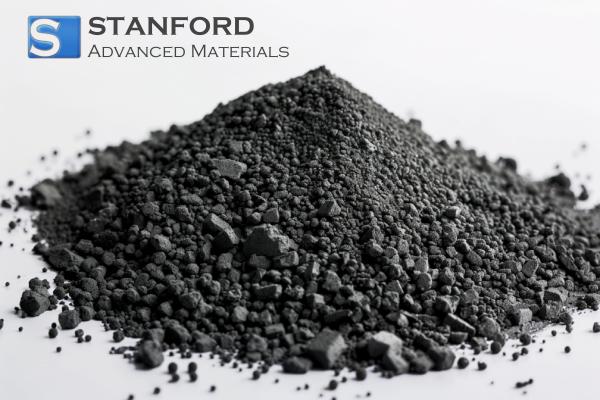
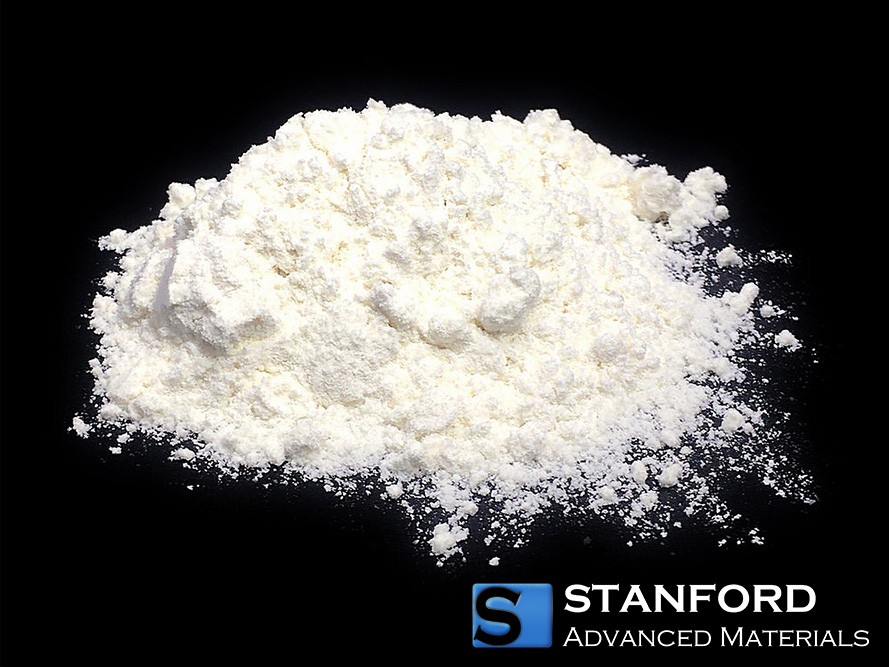
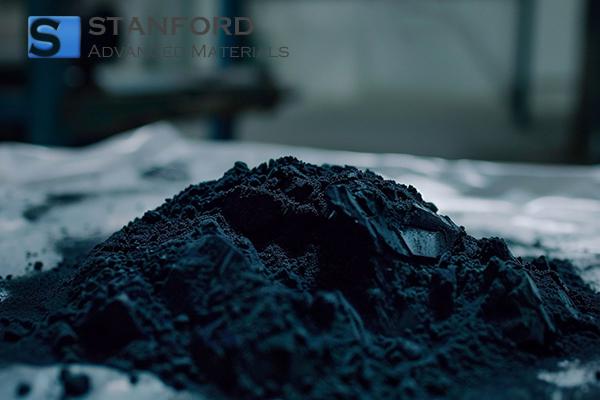
 Chin Trento
Chin Trento



